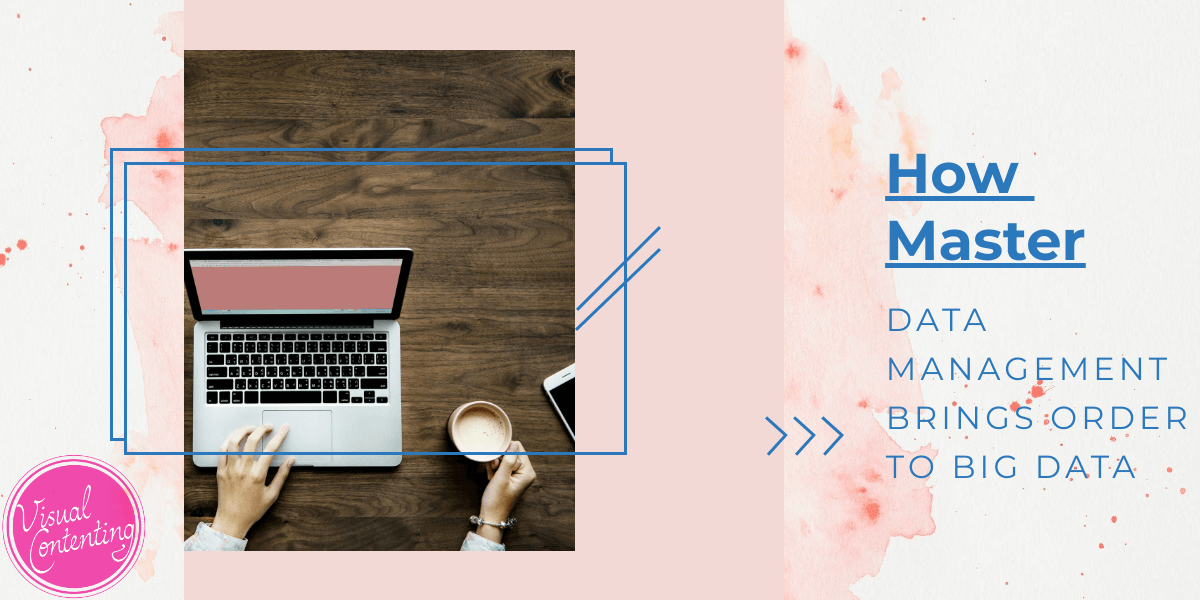The Universe is so immense that there are more stars shining than grains of sand in every beach of the world. The thing that gets close to such a large number is the amount of neurons and connections happening inside every human's brain. Third to that is the amount of data and information that is being put out into the ether every minute, of every hour, of every day, of every year. The internet does not stop and for that reason in this article we will be discussing the topic of master data management and how it brings order to big data in conjunction with some master data management best practices.
How Master Data Management Brings Order to Big Data
Every time something revolutionary is brought into existence, there's a large amount of organization and optimization that must happen in order for that thing to continue to grow and be successful. Let me give you an example. In order for a new product to be released into the market, it must first be designed, tested, updated, produced, and approved by the necessary council or groups. There's a lot of data, documents, and information that is created during this rather simple process of manufacturing. Now imagine the amount of data that is produced and must be managed when creating hundreds of thousands of the same product, marketing it, selling it, and shipping it.
Master data management brings order to not only big data, but small amounts of it as well. The reasons we need to manage data is not just to keep it ordered, but to make predictions and assumptions based on numerical data and logic as opposed to guesses and emotion or bias. So what are some master data management best practices we can start applying?
- Check for duplicates
- Work with complete sets of data
- Understand hierarchical structures
- Create a bridge between departments
- Integrate everything
Checking for duplicates will always allow you to work with serious amounts of information where basic outcomes are not tampered by duplicate information, documents, or processes. Along the same line is working with complete or near complete sets of data. If you're waiting on a piece of information for a specific department and have to provide analysis of the data in a meeting your boss scheduled for tomorrow, it is best to speak to him or her and let them know how not having that information will change the presentation. It may be best to postpone for another day as opposed to presenting a faulty analysis.
If you're dealing with large companies and already established businesses you'll need to understand hierarchical structures so that you can work with any person of any department to receive the information you need. This is the same as creating bridges between departments, the only other step you may have to do is to provide some background and information to sort of train the people whom you will need data from. By doing these things you'll be able to integrate all the data channels and people in control of them, if there must be one.
Conclusion
In conclusion in this article we discussed the topic of master data management and how it allows individuals and groups to put some order to big data. Big data is exactly what you think it is, large amounts of bits of information which can be used, collected, and dissected for different purposes. If you are a data manager and wanted a few tips, you can follow the five we listed previously.
To your success.
Related Posts
Community manager at Visual Contenting. Jacqueline loves to talk about social media trends, new technology and how they help businesses accelerate their marketing efforts.





